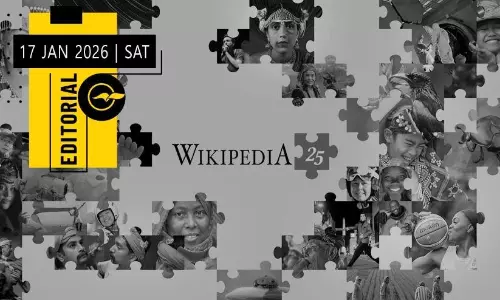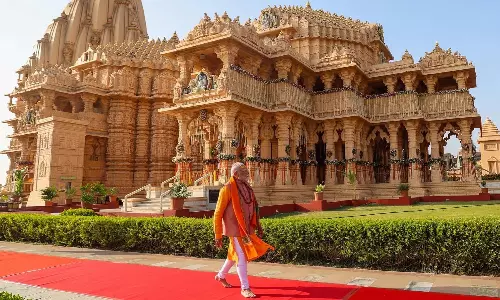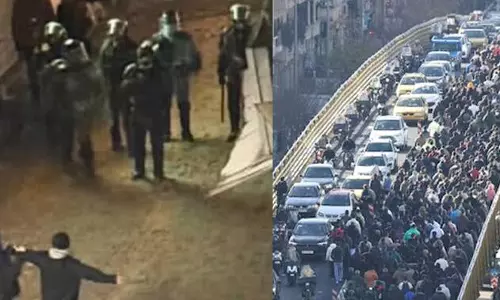
Centre loses claim over fact-checking units as Bombay HC rules violation of free speech
text_fieldsProviding respite to journalists, content creators, and online media outlets, the Bombay High Court’s ruling striking down amendments in the 2023 Information Technology Amendment Rules, which could have empowered the Central government to deem any critical content false or fake news, is viewed as upholding freedom of speech.
The decision is seen as a significant step in preserving the freedom of the press in India and ensuring that any future regulation of digital content is balanced against the need to protect fundamental constitutional rights.
The Bombay High Court has struck down provisions in the 2023 Information Technology Amendment Rules, which would have empowered the Centre to form a fact-checking unit to tackle alleged “fake news” about the Union government.
The court ruled that the proposed amendments, which were part of the Information Technology Intermediary Guidelines and Digital Media Ethics Code Amendment Rules, violated constitutional protections on equality before the law and freedom of speech.
The ruling came in response to petitions filed by stand-up comedian Kunal Kamra, the Editors Guild of India, and the Association of Indian Magazines, all of whom challenged the validity of the amendments.
The case had seen a split verdict earlier, with one judge ruling in favour of the petitioners and another dismissing their pleas. Ultimately, the matter was referred to Justice AS Chandurkar, who delivered the tie-breaking opinion, striking down the provisions in question.
The amendments, which had been notified in March 2023, would have established a government-appointed fact-checking unit to identify and flag content related to the Union government that it deemed false or misleading.
Once flagged, intermediaries such as social media platforms would have been required to either remove the content or add disclaimers within 36 hours of notification. The Centre had argued that such provisions were necessary to combat the spread of misinformation, which it said could harm electoral democracy, the economy, and social stability. It maintained that the rules did not prohibit criticism of the government but rather sought to ensure that harmful falsehoods were addressed.
The proposed fact-checking unit, which had been temporarily stayed by the Supreme Court pending the Bombay High Court's final decision, had sparked widespread criticism from media organisations and digital rights groups.
Critics expressed concerns over press freedom and the potential for government overreach, arguing that the amendments gave the government excessive control over determining what constituted “fake news” about its own activities. Media bodies warned that this could have a chilling effect on free speech, particularly for journalists and news publishers who regularly report on government affairs.
In its decision, the Bombay High Court found that the amendments violated both Article 14, which guarantees equality before the law, and Article 19, which protects freedom of speech and expression. The court held that the fact-checking provisions, as they were proposed, would have given the Centre disproportionate power to regulate online content without clear and objective criteria for what constituted false or misleading information.
The amendments’ opponents had also argued that terms like “fake” and “misleading” were too vague and lacked precise definitions, leaving room for arbitrary interpretation. They emphasised the need for a more transparent and accountable mechanism for addressing concerns about online misinformation, particularly when it involved the government itself.























